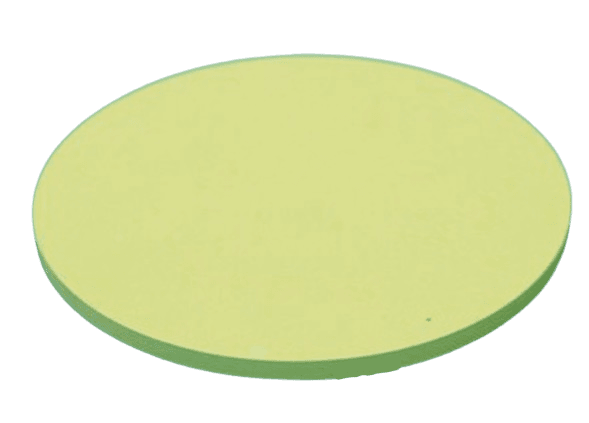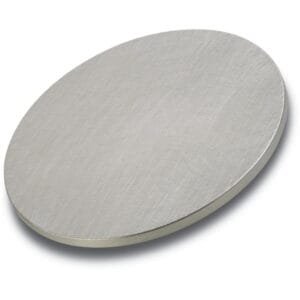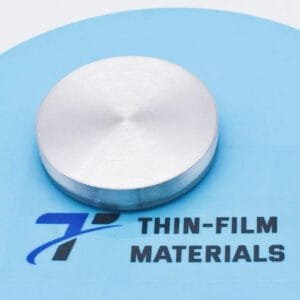Praseodymium Fluoride Sputtering Target Description
The Praseodymium Fluoride Sputtering Target is essential in sputter deposition processes for creating thin films that incorporate praseodymium fluoride. Praseodymium is widely utilized in the production of magnets, lasers, and other advanced technologies.
Sputtering targets are used in sputter deposition, a physical vapor deposition (PVD) method employed to manufacture thin films. In this process, high-energy ions bombard the target material, causing atoms to be ejected. These atoms then deposit onto a substrate, forming a thin film. This technique is commonly used across various industries, including electronics, optics, and coatings, to achieve specific material properties and applications.
Praseodymium Fluoride Sputtering Target Specifications
| Compound Formula | PrF3 |
| Molecular Weight | 197.9 |
| Appearance | Green target |
| Melting Point (℃) | 1395 |
| Density (g/cm3) | 6.3 |
| Available Sizes | Dia.: 1.0″, 2.0″, 3.0″, 4.0″, 5.0″, 6.0″ Thick: 0.125″, 0.250″ |
Praseodymium Fluoride Sputtering Target Handling Notes
Indium bonding is recommended for the Praseodymium Fluoride Sputtering Target because of the material’s inherent challenges, such as brittleness and low thermal conductivity. These characteristics make it prone to thermal shock. Using indium bonding helps mitigate these issues, enhancing the target’s stability and performance during the sputtering process.
Praseodymium Fluoride Sputtering Target Application
The Praseodymium Fluoride Sputtering Target is employed in sputter deposition processes to produce thin films with praseodymium fluoride. These thin films can be utilized in a range of applications, including optical coatings, sensors, and various electronic devices, where the unique properties of praseodymium fluoride are beneficial.
Praseodymium Fluoride Sputtering Target Packaging
Our Praseodymium Fluoride Sputtering Target is extensively used to produce coatings for a range of applications. These coatings can enhance tool wear resistance, increase surface durability, and deliver specific optical or electrical properties, making it a versatile choice for various industrial needs.





Reviews
There are no reviews yet.